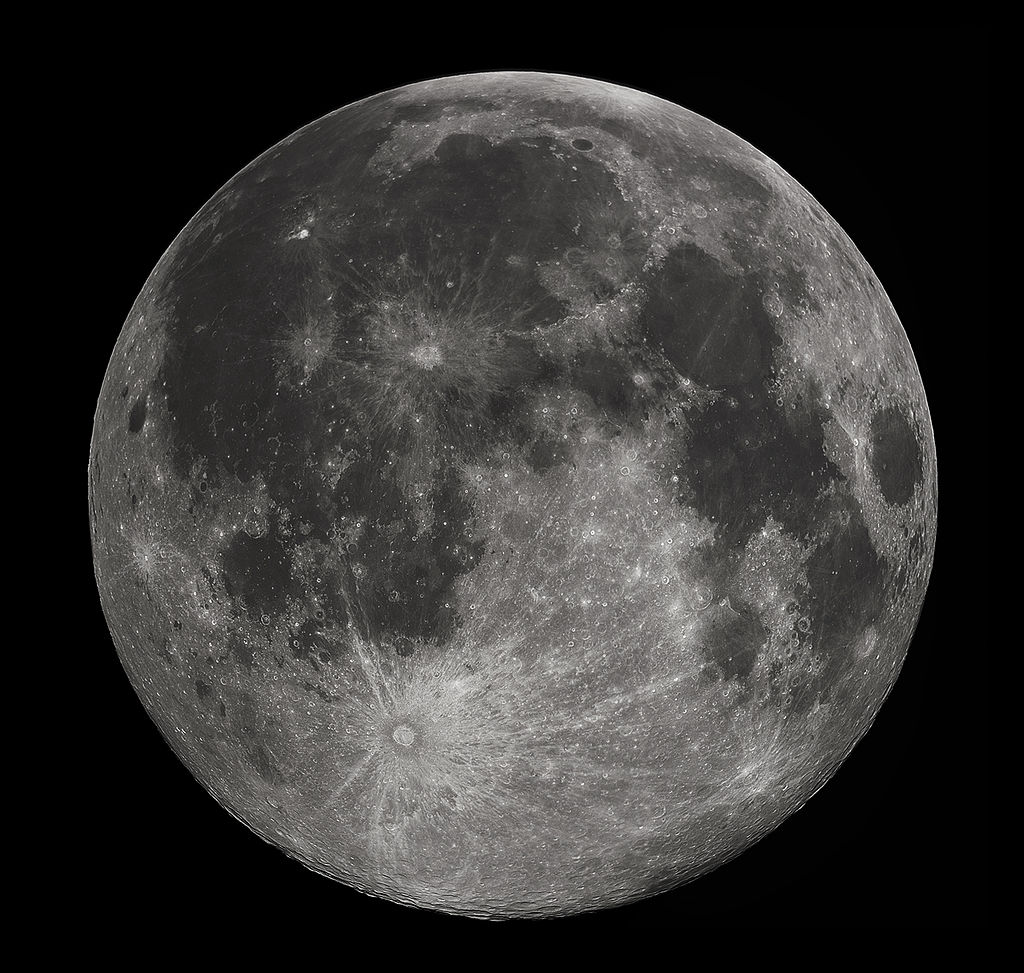Moon
It suddenly struck me that that tiny pea, pretty and blue, was the Earth. I put up my thumb and shut one eye, and my thumb blotted out the planet Earth. I didn't feel like a giant. I felt very, very smallNeil Armstrong, Apollo 11The moon is the only natural satellite of planet Earth. It was first reached by Soviet Satellite Luna 2 in September 1959 but wouldn't be visited by humans until NASA's Apollo Program landed the Apollo 11 in July 1969. It would be visited by a total of 6 manned landings from 1969 to 1972, all of which had the goal of extracting and returning lunar rocks to later be investigated on Earth to hopefully have a basic understanding of the satellite's composition and recent history. Since the Apollo 17 launched on 1972, the moon has only been visited by unmanned spacecraft. [quote
]Here man completed his first
explorations of the moon
December, 1972 A.D.
May the spirit of peace in which we came
Be reflected on the lifes of all makind
Plaque to be left at the Taurus-Littrow lunar landing site by the Apollo 17 astronauts. The commemorative plaque is made of stainless steel measuring nine by seven by five-eighths inches and one-sixteenth inch thick. It is attached to the ladder on the landing gear strut on the descent stage of the Apollo 17 Lunar Module "Challenger".[/quote]Geography
As described by Apollo missions, the moon offers a barren, dusty, greyish and crater-full landscape. Since there is no atmosphere nor natural elements that could modify it in the short term, it is suggested that moon as we know it has been almost exactly as how it is for centuries, with only solar radiation and incoming asteroids being able to modify it.
Remove these ads. Join the Worldbuilders Guild









Comments